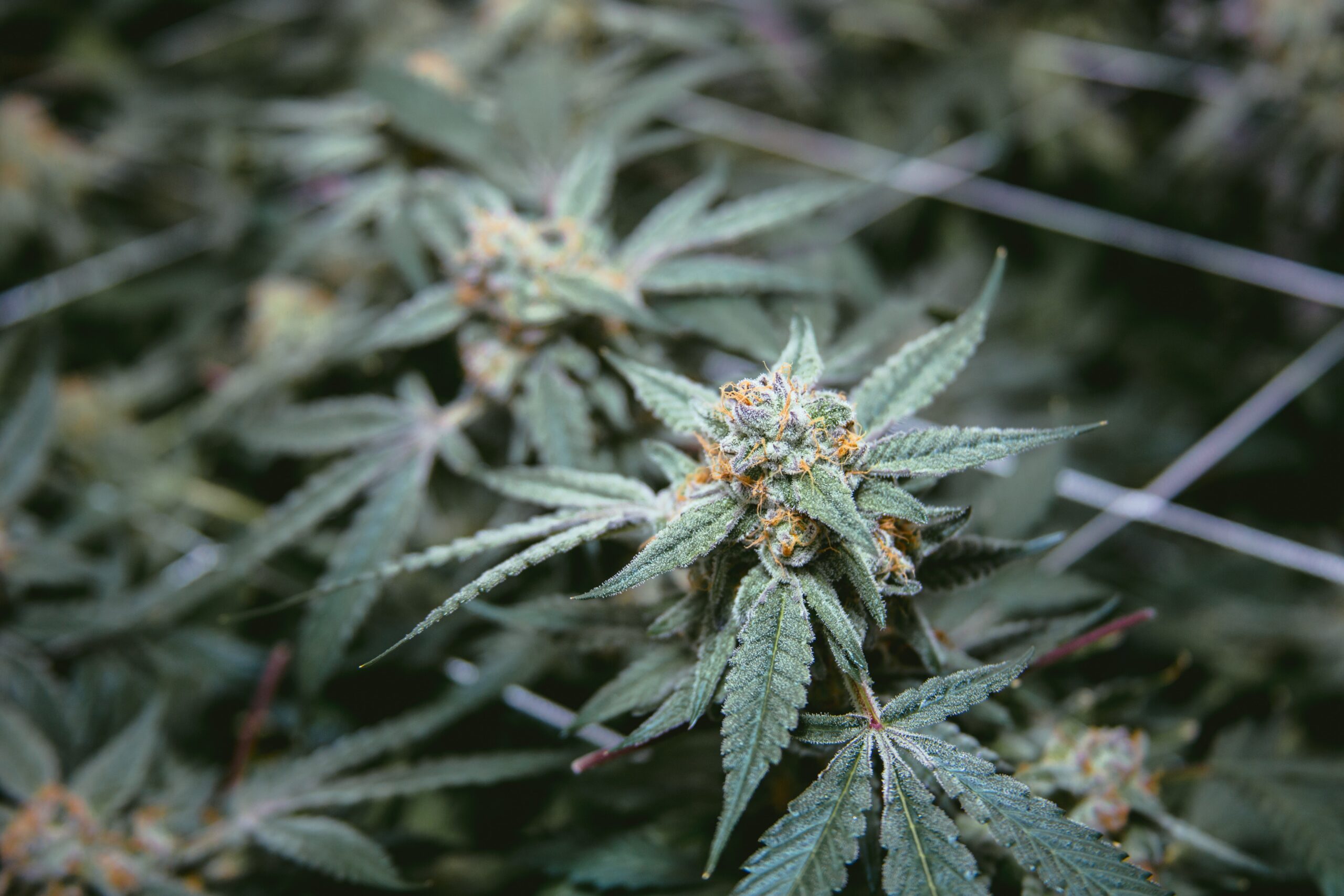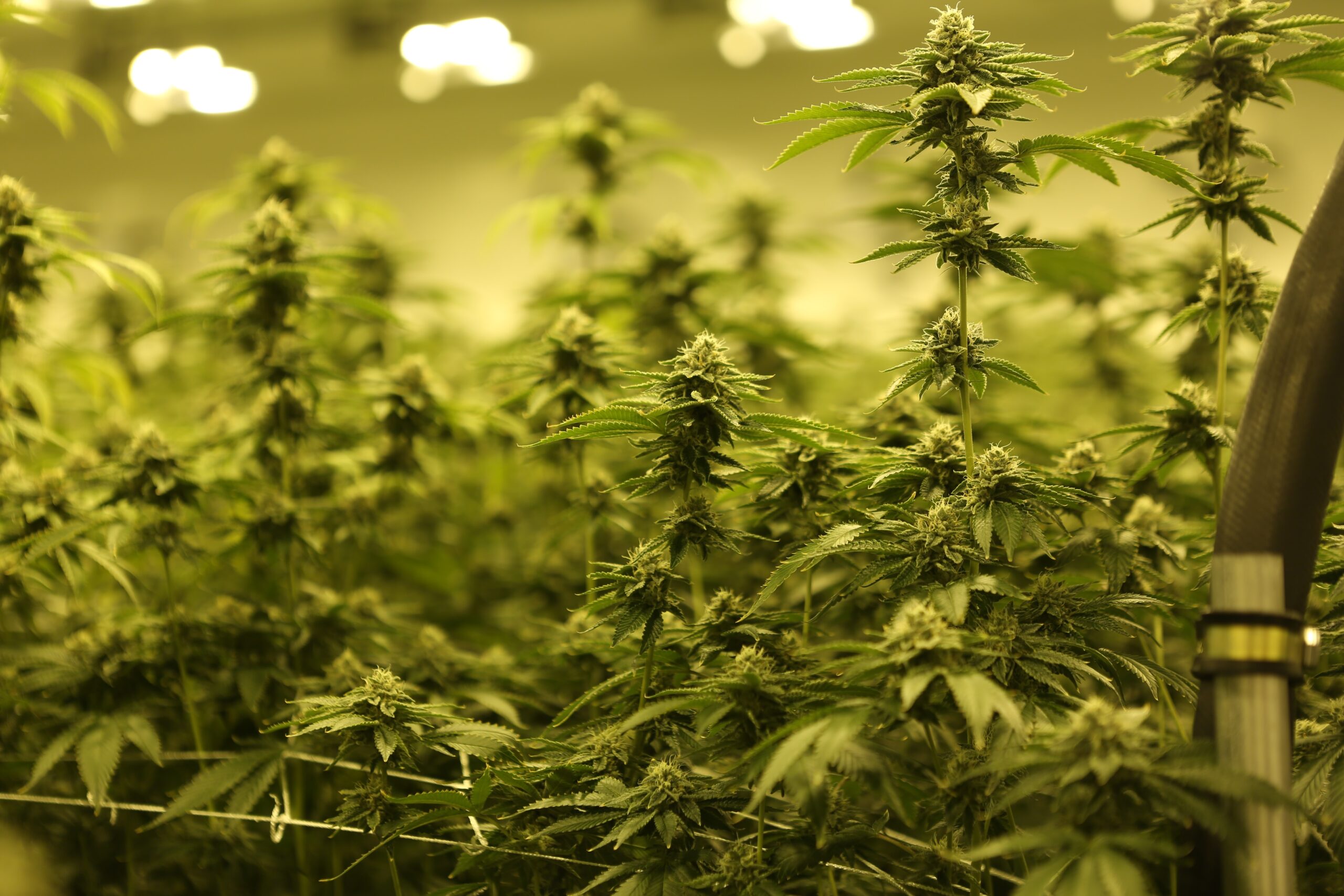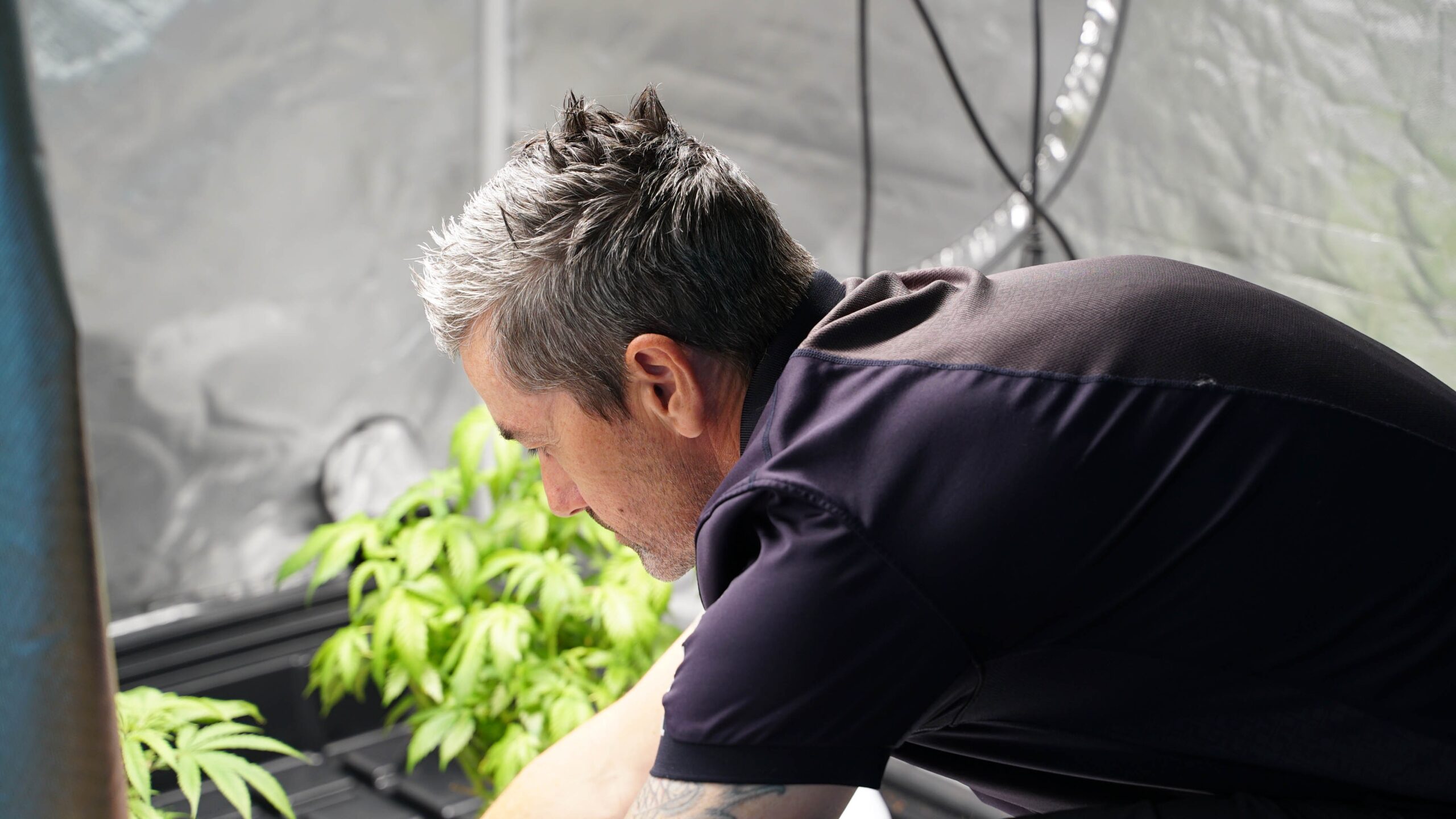
One of the worst things a grower can see when cutting open a bud, whether dried and cured or fresh off the stem is Botrytis. This mold is unfortunately a common problem that most growers will experience in their careers.
Thankfully, Botrytis can be easy to prevent if understood and the correct precautions are taken. While damaging, we have a wide range of information about this blight and how to combat it. With a little time and care, your cannabis crop can be protected from start to finish.

To understand why your buds are rotting, we first need to look at what Botrytis is. Botrytis is a mold that is an unfortunately common problem in nearly every region. This mold spreads via spores that can be carried by a wide range of hosts. These hosts can include (but are not limited to:
Cannabis is not the only crop that Botrytis can affect. According to information from the ICAR-National Bureau of Plant Genetic Resources in India, Botrytis can be found in around 15 different countries including the United States, Mexico, Australia, Columbia, Vietnam, and India. Other plants and crops impacted by this mold include chickpeas, roses, and soy. This wide range of susceptible plants may increase the chances of Botrytis affecting other crops in the area but also gives us additional information to learn how to prevent the mold from doing so.
For more in-depth information about Botrytis, please read our article here.

Botrytis can form on cannabis plants during any stage of cultivation or curing. The longer it is left to breed and spread, the worse the damage will become. According to the Penn State Extension office, “Botrytis must have nutrients or some food source before it invades the plant. Nutrients leaking from wounded plant parts or from dying tissue such as old flower petals provide the required nutrients.”
At first, Botrytis will appear white and fuzzy, but over time will turn grey, then eventually a black/brown color. The buds will become soft and spongy, sometimes gooey to the touch in extreme circumstances. Once Botrytis sets into harvested plants, however, it cannot be sold as flower.
Mediation for flower infected with Botrytis varies from state to state depending on rules and regulations. For information regarding the disposal of infected cannabis flower in your area, please contact your state’s legal cannabis program.
Botrytis can destroy cannabis by using it as a food source. As the mold takes hold of a plant, it uses the bud to sustain itself and grow, often spreading to other plants by plant-to-plant contact, by a host, or by moving air.
As mentioned before, Botrytis needs nutrients to spread. The bud, leaves, and other parts of the cannabis plant serve as an ideal food source for the mold. The mold will consume the plant, spreading to other nearby plants if left untreated.

While Botrytis is scary and no one wants to see it on their cannabis crop, there are some things you can do to help prevent and fight it. According to information from the Department of Plant Pathology in Iowa, “Valuable cultural management techniques include: use of partially resistant cultivars; rigorous sanitation; suppression of high humidity in greenhouses by forced-air circulation, venting and heating, and in shipment by adequately ventilated containers; and watering techniques that minimize the time that plants are wet.”
Additionally, certain practices in the grow can help deter Botrytis from impacting your cannabis crop:
Temperature and Humidity control
The environment your plants are grown, dried, cured, and stored in can have a large impact on their quality and safety. Many growers aim for a 60% humidity 60°F ratio, however, this can fluctuate depending on the drying/curing stages of the plant after harvest, the room conditions, containers used for curing and storage, and even the outside elements.
Cleanliness Saves Thousands of Dollars
Mold spreads more easily in unclean environments. When developing and implementing an SOP, it is important to keep cleanliness in mind. This can include cleaning tools in between rooms or even plants if necessary. It can also appear as wearing scrubs and deep cleaning rooms between flips and harvests.
Quality Control
One of the easiest ways to combat Botrytis and to catch it early is by implementing rigorous quality control measures from the moment the plants are cloned or popped from seeds to the moment it is bagged for sale. Quality control can include checking the plants for any sign of mold during the growth process. It can also include investing in higher-quality storage options that prevent mold from reaching the bud and spreading.
Quarantine New Plants
When bringing new plants into the grow, it is important to keep them separate from the existing plants until it is known if they carry any pests, viruses, viroids, or molds. Quarantining should be a standard practice for all grows, no matter the size.
One of the best ways to combat problems like Botrytis is to keep learning and developing your knowledge of the cannabis plant. Cannabis cultivation is an ever-evolving industry, and it is vital to keep learning in order to keep up with the new challenges. That is why you need a reliable source to help you keep learning.
Verne Bio is dedicated to helping provide cannabis industry professionals with the tools they need to grow the best cannabis they possibly can. That is why we offer a great blog full of valuable information for growers of all experience levels.
Readers can also get updates with our newsletter. When you sign up using the form directly on our homepage, you can receive updates from our blog, information on sales, and much, much more. It is by far one of the easiest ways to get new knowledge directly to your fingertips.
With Verne Bio in your corner, learning about cannabis has never been easier. Our database of knowledge can help any grower keep up with the ever-evolving changes in cultivation. When you use Verne Bio, you are investing in yourself and your crop!
Works Cited
Gleason, M.L, and S.J. Helland. “.” . – YouTube, 11 May 2022, https://www.sciencedirect.com/science/article/abs/pii/B0122276205000124. Accessed 10 July 2023.
Moorman Ph.D., Gary W. “Botrytis or Gray Mold.” Penn State Extension, 12 June 2014, https://extension.psu.edu/botrytis-or-gray-mold. Accessed 10 July 2023.
Singh, Mohar. “‘.” ‘ – Wiktionary, 2020, https://www.sciencedirect.com/science/article/abs/pii/B9780128182994000014. Accessed 10 July 2023.

to receive updates and news on our products, events and promos!